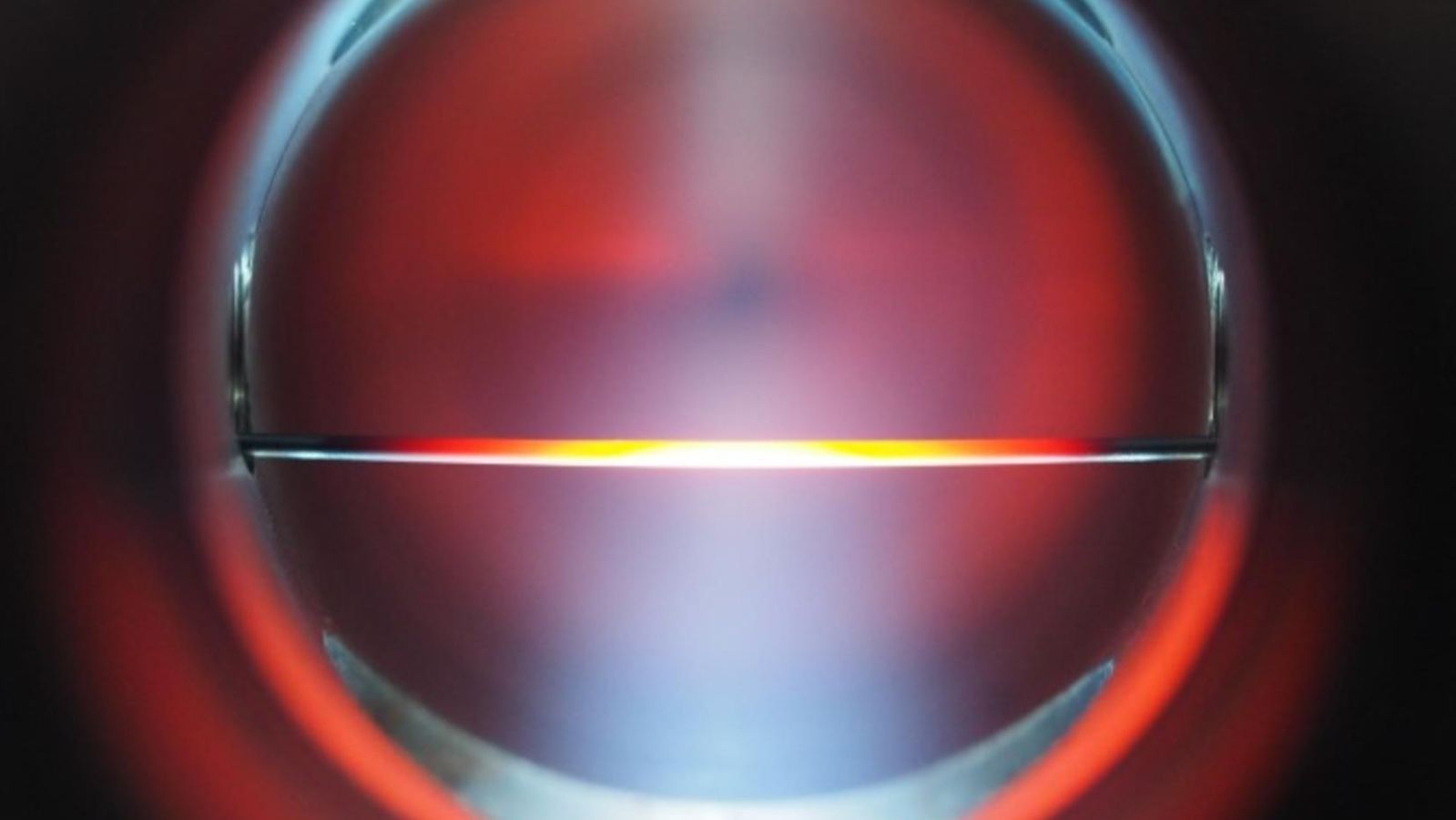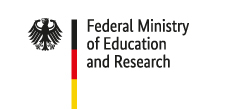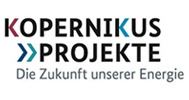P2X Satellite Project
How the PiCK project has broken down carbon dioxide into carbon monoxide and oxygen
PiCK was a satellite project established in parallel with the Kopernikus project P2X. The project uses renewable energy to split carbon dioxide (CO2), which is harmful to the climate, into both carbon monoxide (CO) for the gas and chemical industry and oxygen (O) atoms. This is made possible by an innovative plasma ceramic technology.

Germany aims to be largely climate-neutral by 2045. To do this, the country needs ways of using carbon dioxide (CO2) as a raw material rather than releasing it into the atmosphere as a harmful exhaust gas. Just like the P2X and Rheticus projects, that is precisely the plan envisaged by PiCK, a project which conducts plasma-induced CO2 conversion for the storage of renewable energy: firstly it divides CO2 into CO and O, and at the same time it separates the oxygen from the carbon monoxide.
PiCK divides CO2 into CO and O2 by creating plasma. This involves irradiating air with microwaves. As a result, the air contains so much energy that it breaks down into its components – and heats up to an extreme degree, approximately 3,500 °C. This is hot enough for the heat of the plasma alone to break down the introduced CO2 into carbon monoxide and oxygen.
If the temperature drops by just a small amount, the CO and O will tend to bond with each other again straight away. That is why the PiCK team immediately conducts the gas mixture through a reactor that contains a ceramic membrane. The oxygen atoms bond to form molecules on the membrane surface. The membrane is only permeable to oxygen molecules. When the gas mixture of CO and O flows through the reactor, the oxygen passes through the membrane and the carbon monoxide remains outside. What is left after that is relatively pure carbon monoxide, which can later be used by the gas and chemical industry as a raw material, for example for manufacturing syngas.


